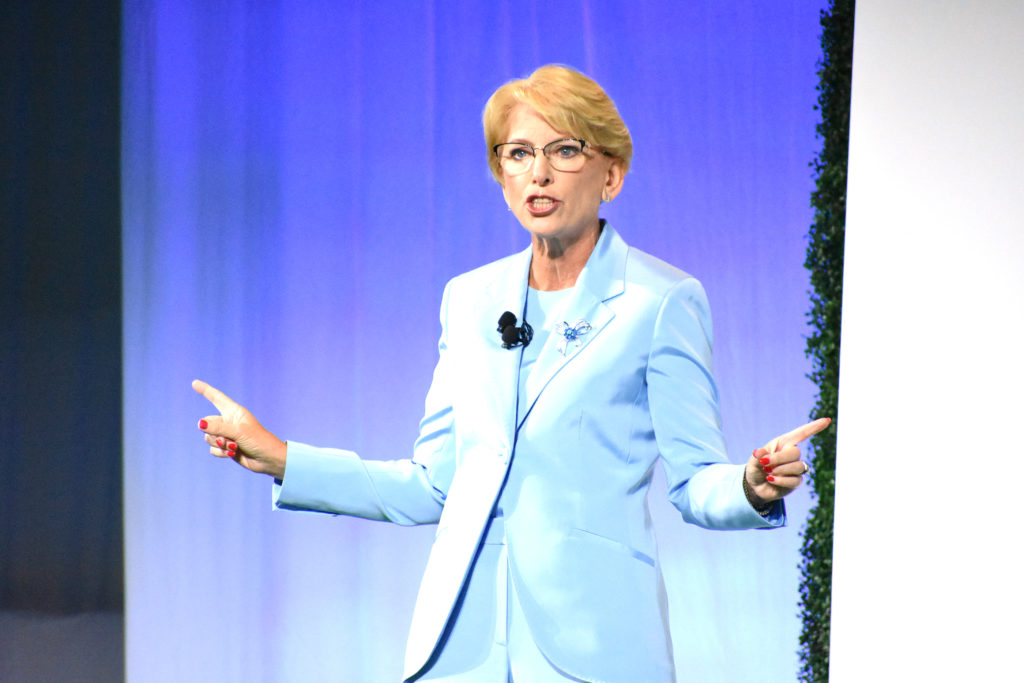By Clint Thompson
The International Fresh Produce Association (IFPA) will continue to “fight for fresh.” That means the IFPA is fighting and advocating for specialty crop producers in the Southeast in the looming farm bill.

Cathy Burns, CEO of IFPA, highlighted during last week’s Global Produce and Floral Show in Atlanta, her organization’s role in the current farm bill discussions and how specialty crops are emphasized now more than ever.
“I think anything we can do to support growers in Florida, Georgia, from a policy standpoint, so that we get our fair share of investment. That’s why it’s so important that we get a farm bill over the finish line. We’re part of the Specialty Crop Farm Bill Alliance, and we have 109 recommendations in the farm bill related to specialty crops. Across the U.S., we’re 40% of the farm gate and we get less than 8% of the funding. That needs to change and that’s what we’re advocating for,” Burns said. “That will help growers get the support they need to grow the consistent quality product that the consumer expects.”
Farm Bill Specifics
The farm bill is a piece of legislation that is renewed every five years. President Trump signed the current farm bill into law on Dec. 20, 2018. Burns hopes to see a finished product after the elections during the lame duck session.
The needs of specialty crop producers were highlighted in early frameworks of the bill passed by the House Agriculture Committee and Senate Agriculture Committee.
“On both sides of the aisle, specialty crops is peppered through all of that. That’s what gives me hope is that members of Congress are hearing us. They’re hearing from people in our districts,” Burns said.
“Of all the frameworks I’ve been exposed to and we’ve heard, specialty crops is definitely in consideration more than I’ve ever seen. That starts all the way back to the 2008 farm bill when specialty crops made it to the table. Now, we need to look to continue to expand the level of funding, especially for our growers,” Burns added.










